Beautify day with Murrysville friends of the park at Townsend park. We took a looping hike up and over hartattack hill. The best areas seems to be at the bottom of the hill where there was more moisture. We found a lot of honey mushrooms and aborted entolomas. There was quite a bit of Wolf’s milk slime mold around and it may be different to the normal one as it was really orange. The fund species of the day was Tricholomopsis rutilans, common name Plums and Custard mushroom. It grows on conifer logs in the fall and is fairly common and due to the coloration easy to identify.
A word on edibility. We found some young Pholiota mushrooms that in the past have been listed as edible although can be bitter. In most cases you need to check the spore sizes to determine the exact species of Pholiota that you have found. A couple of intrepid members took the mushrooms home to eat. There was then some concern that these might not be edible as reports on the internet were inconsistent. They were contacted and notified. Part of the problem is that Pholiota squarrosa is reported as giving gastric upset while Pholiota squarrosoides are sometimes reported as edible. These were more likely to have been yet another species, Pholiota limonella, but without checking it was hard to know. At the moment there have been a few reported cases of gastric upset when eating Pholiota species but no word on exactly which species was the cause or what the toxic component might be. The take home message is to confirm the identity of the species you are going to eat from books or other good quality reference material, don’t blindly trust the identifier. Check the edibility and decide if you actually want to take the risk. We also recommend keeping some of the mushroom back from cooking so that you have some reference material in the case you do feel sick. Lastly don’t mix a lot of new to you edible mushrooms in one meal. If you do have an adverse reaction to one you won’t know which one. Personally I am conservative and tend to eat the same 10 or so species that are well known to be edible. Even then some people can have issues with certain species, such as chicken of the woods or honey mushrooms, that others are fine with.
To follow up on the edibility discussion and using the internet to determine the status there is a recipe for using dead man’s fingers/Xylaria mushrooms. This was somewhat cutting edge as dead man’s fingers/Xylaria mushrooms are not know as a choice edible. More recently it has been shown that dead man’s fingers/Xylaria mushrooms can contain amatoxin and phallotoxin that are also found in Destroying Angle (Amanita bisporigera) and related species. The chef reported the change in status for the mushroom in the published recipe and should be commended for responsibly passing the information on rather than just removing the post from the internet. Again with mushrooms I know I want to err on the side of caution rather than be adventurous especially if I am sharing the meal with others.
Species list entered by Richard Jacob.
Fungi:
[icon style=”camera”] Armillaria gallica (Honey Mushroom),
[icon style=”camera”] Bisporella citrina (Yellow Fairy Cups),
[icon style=”camera”] Camarops petersii (Dog Nose fungus),
[icon style=”camera”] Coprinellus micaceus (Mica Cap),
[icon style=”camera”] Entoloma abortivum (Aborted Entoloma),
[icon style=”camera”] Fuscoporia gilva (Mustard Yellow polypore),
[icon style=”camera”] Ganoderma applanatum (Artist’s conk),
[icon style=”camera”] Grifola frondosa (Hen of the Woods / Sheep Head),
[icon style=”camera”] Infundibulicybe gibba (Funnel Clitocybe),
[icon style=”camera”] Ischnoderma resinosum (Resinous Polypore),
[icon style=”camera”] Lycogala epidendrum (Wolf’s Milk Slime),
[icon style=”camera”] Macrolepiota procera (Parasol Lepiota),
[icon style=”camera”] Mycena crocea (Walnut Mycena),
[icon style=”camera”] Mycena inclinata (Clustered bonnet / oak-stump bonnet cap),
[icon style=”camera”] Naematoloma fasciculare (Sulfur Tuft),
[icon style=”camera”] Fuscoporia gilva (Mustard Yellow polypore),
[icon style=”camera”] Pluteus cervinus (Deer mushroom),
[icon style=”camera”] Rhizomarasmius pyrrhocephalus (), (),
[icon style=”camera”] Stereum complicatum (Crowded Parchment),
[icon style=”camera”] Stereum ostrea (False Turkey-tail),
[icon style=”camera”] Trametes versicolor (Turkey-tail),
[icon style=”camera”] Trichaptum biforme (Violet Toothed-Polypore),
[icon style=”camera”] Tricholomopsis rutilans (Plums-and-custard),
[icon style=”camera”] Tyromyces chioneus (White Cheese Polypore)
Species missing from list:
Mycena sp
Marasmius sp
Pholiota sp
plus a few others
Photos by Richard Jacob and Dan Stockman II
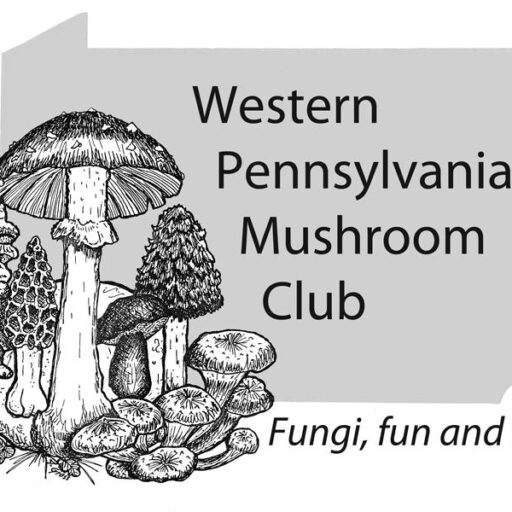
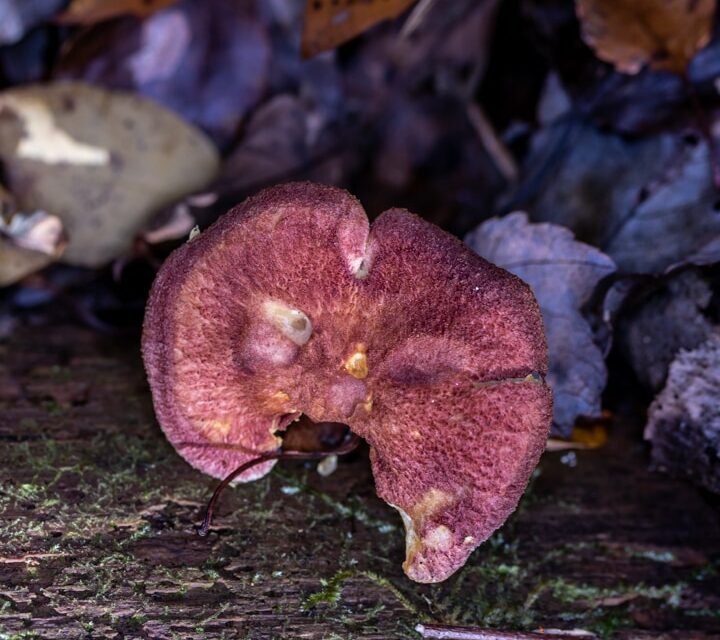











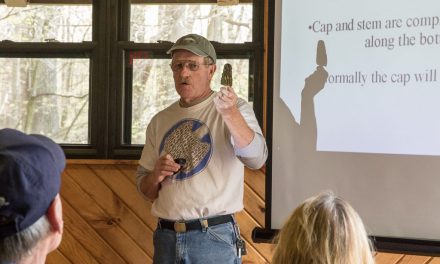
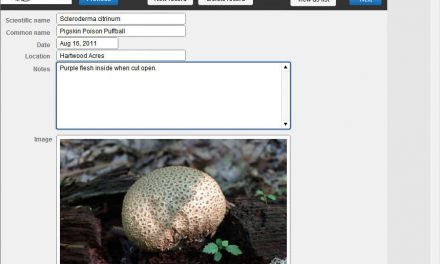
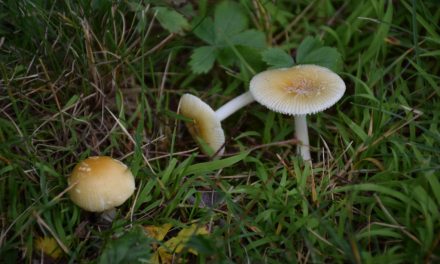
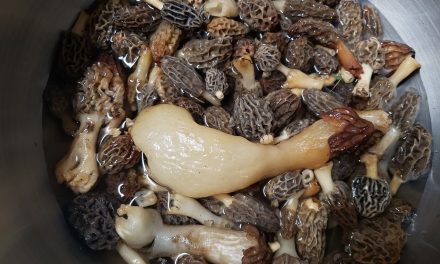

Recent Comments